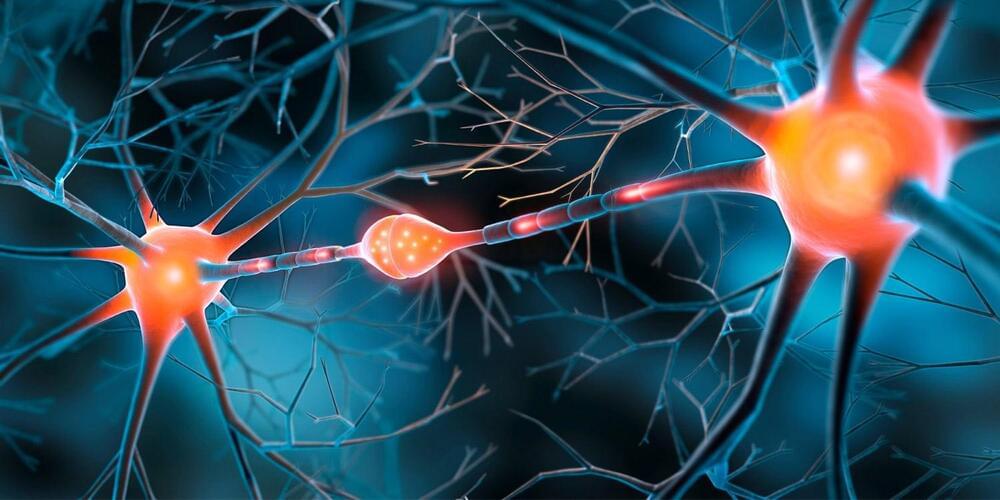Nov 13, 2024
Quantum Leap for MRI: Atomic Sensors Unlock New Imaging Potential
Posted by Saúl Morales Rodriguéz in categories: biotech/medical, electronics
Magnetic resonance imaging (MRI) is a fundamental tool in modern medicine, offering detailed views of internal organs and tissues. These large, tube-shaped MRI machines, commonly seen in hospitals, utilize powerful magnets to analyze and visualize the density of water and fat molecules within the body.
In addition to these molecules, other substances like metabolites can also be mapped, but their concentrations are often too low to produce clear images. To overcome this limitation, a technique known as hyperpolarization is employed to enhance the magnetic resonance signal of these substances, making them more visible during MRI scans.
Hyperpolarization involves preparing a substance outside the body in a state where its magnetization—key to creating MRI images—is near its maximum. This process can boost the signal by thousands of times compared to its natural state. Once hyperpolarized, the substance is injected into the patient and transported to the target organ or tissue. However, before this can happen, it is crucial to confirm that the substance is adequately hyperpolarized through rigorous quality control processes.


















